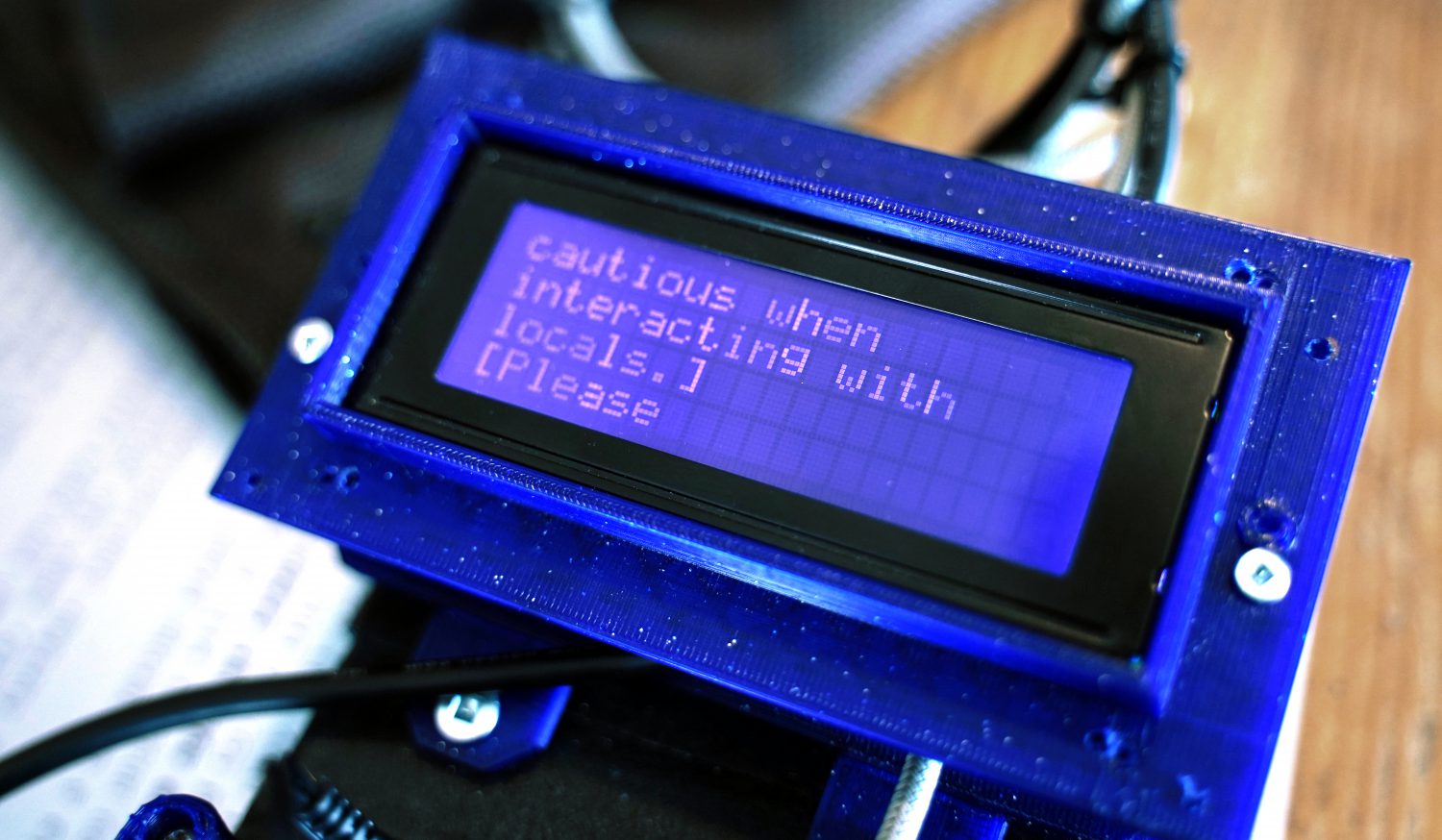First post of 2018! First, some updates, then, some research work.
Here’s what’s going on with me and my work currently:
— I have applied for a legal name change. Update your contact lists — you should now have me as Jess Rowan Marcotte!
— My partner and I are likely moving in the next few months.
— Got a number of papers and conference proposals in.
— I will continue to work as part of the Reflective Games research group this spring. So far, I’m continuing to focus on larps and theatre. Right now, I’m thinking through and researching the “language” and “mechanics” of short-handing information in nanolarps. More writing on this to come soon, I think!
— I’ve submitted my dissertation proposal along with a two and half year timeline for completing my thesis-related creative work, autoethnographic study, archival practices, and the dissertation detailing all of this. This work will begin in earnest on February 1st, pending my updated ethics certificate and hopefully receiving a passing grade for the proposal.
— I am spending January tying up a few loose ends, setting up a museum exhibit that I helped to curate at THEMUSEUM in Kitchener-Waterloo called INTERPLAY: Thinking Through Games (see the exhibit description here: https://themuseum.ca/exhibitions/current-exhibitions/digital-dynamics-2018/interplay/), and running and participating in Global Game Jam 2018 at the TAG location.
— I have been reading more on autoethnography, which continues to prove itself to be a method with deep ties to intersectionality and feminism. My latest readings (& re-readings) have been Autoethnography: Understanding Qualitative Research by Tony E. Adams, Stacy Holman Jones, and Carolyn Ellis (Oxford UP 2015), Critical Autoethnography: Intersecting Cultural Identities in Everyday Life edited by Robin M. Boylorn & Mark P. Orbe (Routledge 2016 — first published by Left Coast Press 2014), and Heewon Chang’s Autoethnography as Method (Routledge 2016 — first published by Left Coast Press 2008).
Heewon Chang’s work has been the most useful from a practical “how do I get started” standpoint, and, with that in mind, I’ve adapted some of the exercises from Autoethnography as Method as I begin collecting what Chang calls “personal memory data.” My goal for January is to try and get as much of the preliminary investigation into personal memory data as possible finished. So, this blog is going to be a mix of personal memory data posts and Reflective Games research for a while.
One of the differences between much of the autoethnographical work I have been reading and what I am undertaking in my dissertation is that my focus is primarily on my identity as a creator and game designer. What I mean to say is that the group that I am studying are game designers, not members of a marginalized group or who necessarily share a particular identity beyond the fact that they are designers and academics working in the field of games and game studies — and those identities are far from unified wholes. That’s not necessarily totally different from what other autoethnographers are doing, but there are some key differences in the kind of subject matter I’ll be addressing. I wasn’t “born” as a part of this group in the way that I was born into other identities. My own positionality and intersections (and those of others) will of course be a part of this research, but nevertheless, many of the exercises suggested have to be adapted.
The exercise that I’ve decided to start off my personal memory data collection process with is from Chapter 5 of Autoethnography as Method — it’s Exercise 5.6: “List five artifacts, in order of importance, that represent your culture and briefly describe what each artifact represents. Select one and expound on the cultural meaning of this article in your life.”
Using this exercise as a starting prompt, I’ve decided to do multiple lists of artefacts with a focus on my identities as a player and as a designer. I’m planning to write a little bit about each artefact, and I’ve decided that I’ll place them first in a chronological order, and then later try to rank them by order of importance. I’m also going to write as much as comes out, drawing connections and pointing out gaps for future exploration or thoughts that are in tension as I go. This part of the process will be of course be in danger of being in large part revisionist, but knowing what I think is important in this moment and having some thoughts about why I think that’s the case should still be helpful. So, look out for a series of artefact lists related to play, digital play, and game design coming your way in the next little while.
Thanks for reading! Here comes a lot of dissertation work!
